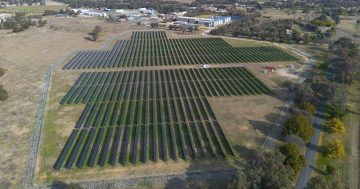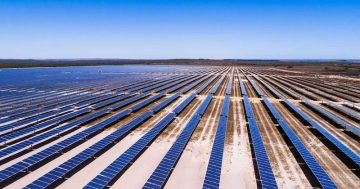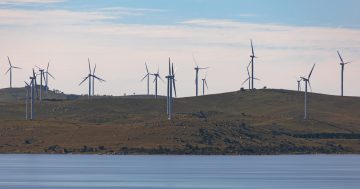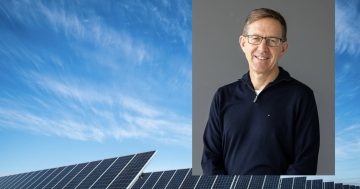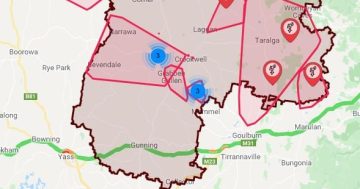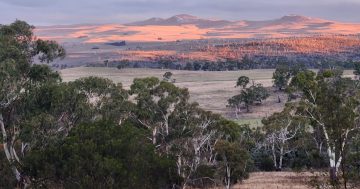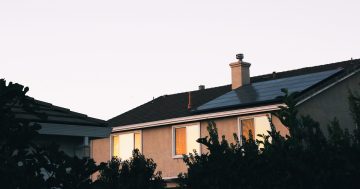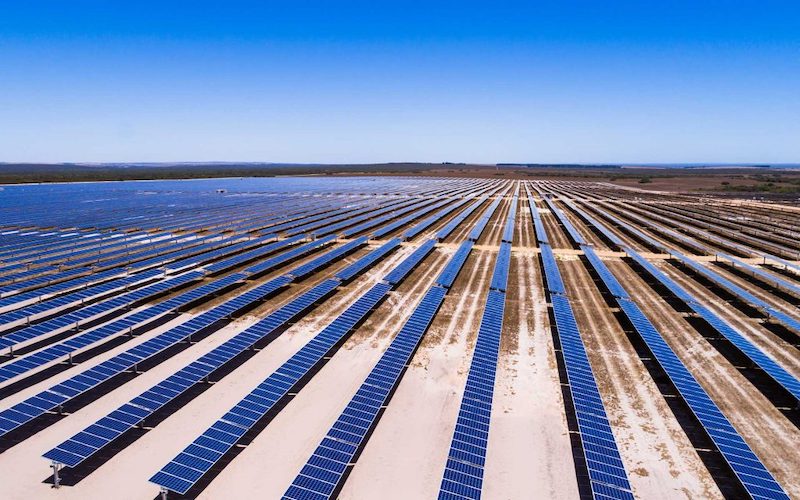
A large-scale solar farm. Photo: Australian Renewable Energy Agency.
Southern NSW hydro and solar power operator Tony Flanery says the Australian Government should use superannuation funds to pay for upgrading the national grid for renewable energy.
Australia’s aging transmission system is, according to many in the energy industry, holding back cheaper renewable sources. The Australian Energy Market Operator says the quick rise of renewables will need billions of dollars worth of new transmission lines to distribute energy to consumers.
The Flanery family-owned Hydro Power generates 30 MW from two power stations at Wyangala Dam near Cowra and Brown Mountain downstream from the Cochrane Dam near Bega. Hydro Power is also the sole investor in the proposed 26 MW Gidginbung Solar Farm north of Temora.
Gidginbung is stalled while AEMO and Essential Energy complete grid connection studies for the project.
Rule changes in February to the National Electricity Market require more onerous testing before connecting extra power to the grid, making the commissioning of the Gidginbung solar farm more expensive and time-consuming.
“On one hand this is understandable, on the other it is making it difficult,” Mr Flanery said.
The grid was designed around central, coal-fired generators serving mainly big populations. Mr Flanery says the best renewable sources are in the least inhabited areas, so maximising generation doesn’t necessarily equate to maximising distribution.
“There are solutions, it’s just the Coalition Government has a view the markets should determine how everything – demand, supply and price – is solved. That is not going to work in this instance. I think they should step in and take some control of it, really.”
Mr Flanery says a portion of compulsory superannuation funds should be quarantined to pay for upgrading the national grid for renewable energy.
“Rather than that [money] simply invested in stocks and bonds and real estate assets, my view is a portion of that should be put towards infrastructure, and a 10-year bond yield should be paid for the use of that money, back to the superannuation funds,” he said.
Money is freely available in Australia due to low-interest rates, but in Mr Flanery’s opinion it is not being distributed to where it is needed.
“Power generators and consumers are losing money because of the out-dated distribution network which drains energy from the line as it moves from its source of generation to the user,” Mr Flanery said.
“You could solve the problem by building better inter-connectors with superannuation funds.”
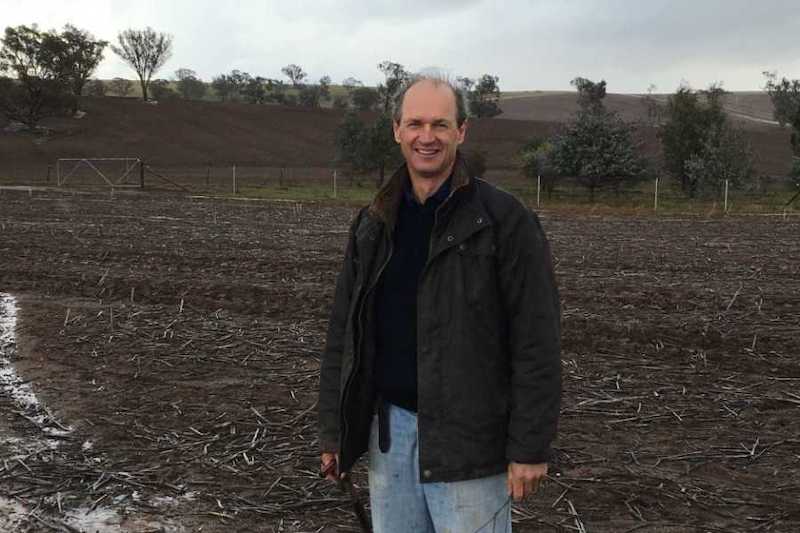
Farmer and solar farm proponent Tony Flanery. Photo: Supplied.
Mr Flanery said Australia was paying for a decade of in-fighting over the energy market. There was no investment, coal-fired generators knew their days were numbered and it made no sense for ‘lifetime extension’ investments.
There was no incentive for anyone to build solar or wind, “now we are throwing money at everything to try and catch up”, he said.
“A lot of government incentives are going into smaller programs. I do wonder whether if you put it towards central windfarms, distribution systems, solar farms and pumped hydro, it would be better. We are going to need back-up batteries and pumped hydro. If too much is done to undermine the pricing market, we run the real risk that the investment won’t stack up and that becomes a real problem for everyone,” he said.
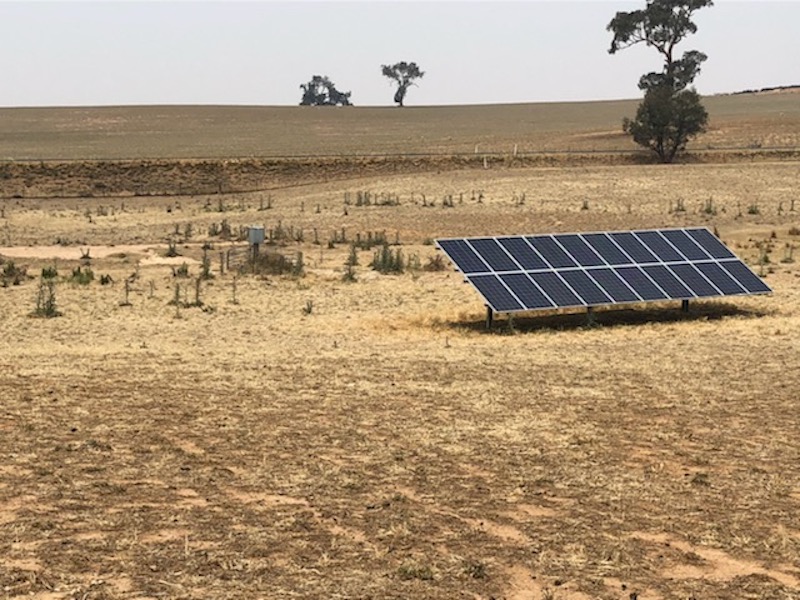
Tony Flanery makes good use of solar energy on pumps on his properties in the Hilltops district. Photo: Supplied.
But Mr Flanery has a positive outlook on the take up of renewable energy across Australia.
“In five or 10 years’ time, I think we are going to be surprised at how much we have cut greenhouse gas emissions by virtue of transfer to renewables. I am probably surprised the government doesn’t seem to be getting a lot of traction or acknowledgement of what is out there and the uptake,” he said.
The Flanery family’s Hydro Power was NSW’s first privately owned power operator when they acquired the Wyangala Dam power station in 1991, and the last one to purchase a power station from the NSW Government in 2016, the Brown Mountain Power Station near Bega. Wyangala generates enough power for Young, Harden and Boorowa.
Original Article published by John Thistleton on The RiotACT.







